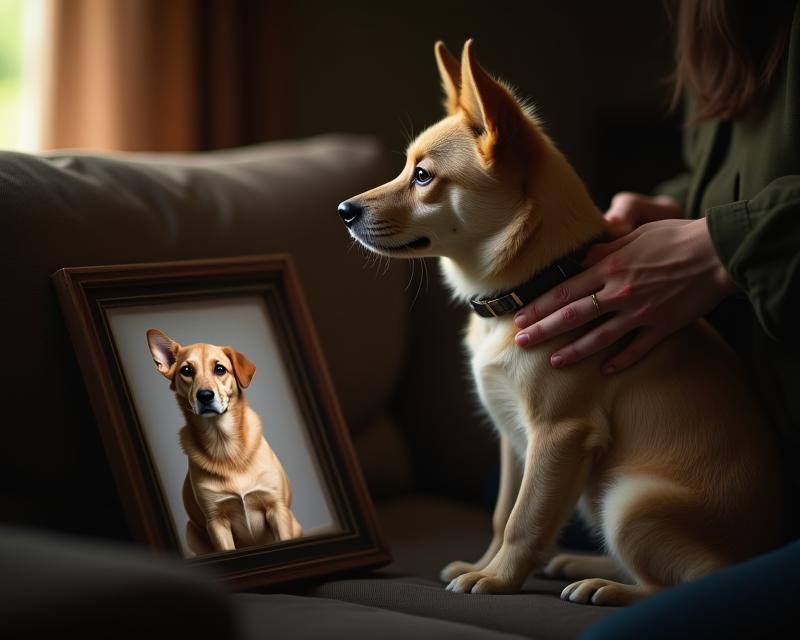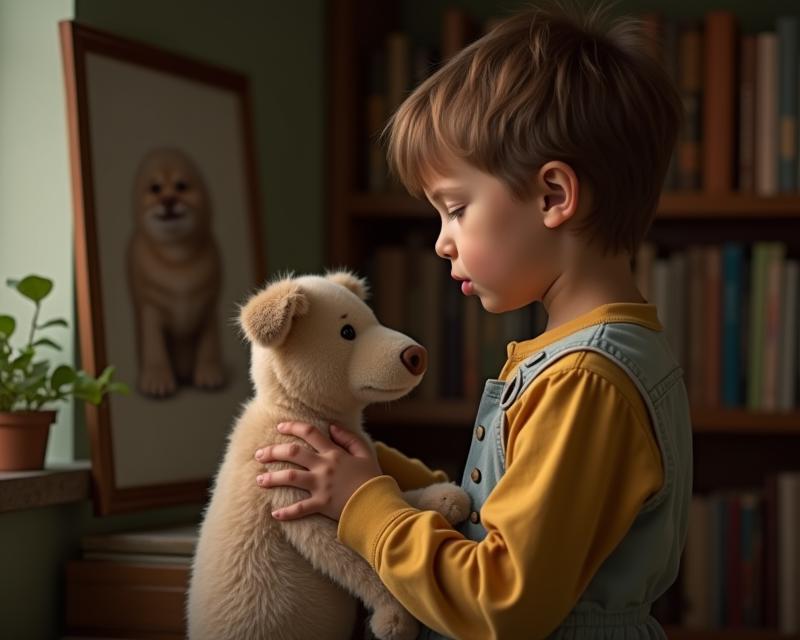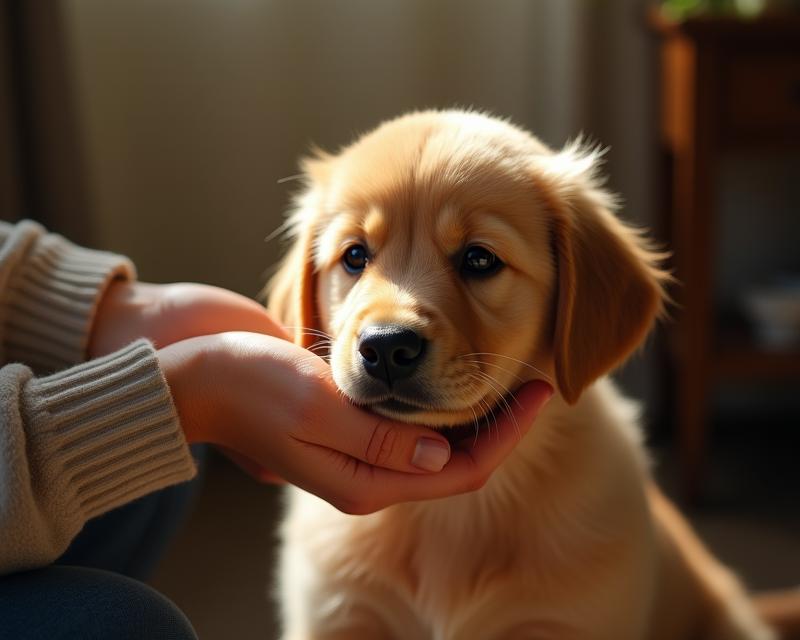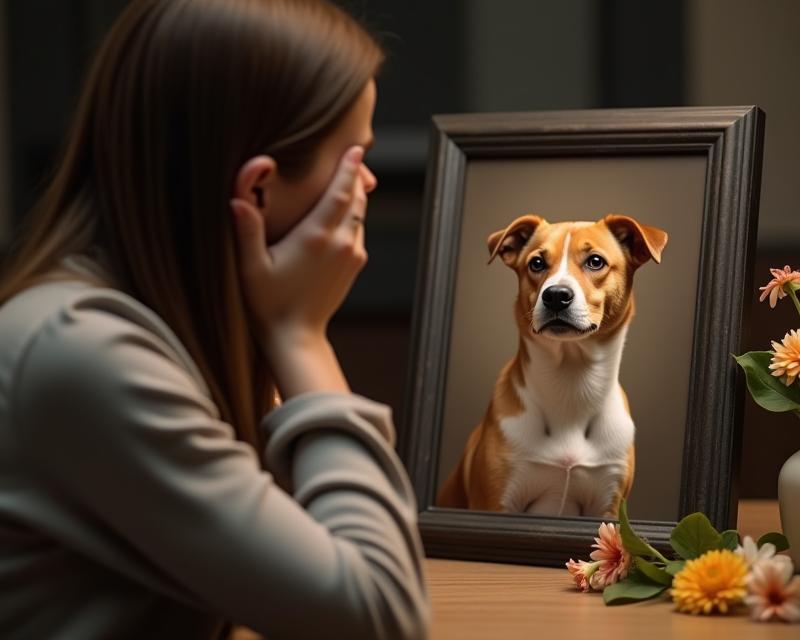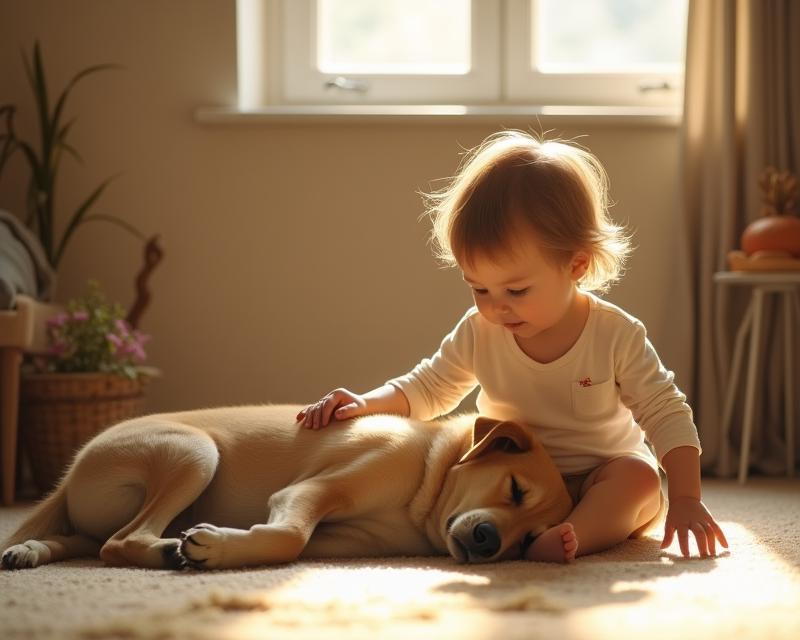Adding a Furry Friend: Adopting a Second Pet
Publish in General Care el 28/06/2025 23:26
Adopting a Second Pet: What to Consider
Bringing a new animal into your home is an exciting time! If you're already a pet parent and considering adding a second furry, scaled, or feathered friend, it's wonderful you're thinking ahead. Adopting a second pet can bring even more joy and companionship, but it's important to prepare properly to ensure a smooth transition for everyone involved. It's not a decision to be taken lightly, and careful planning is key to a happy household.
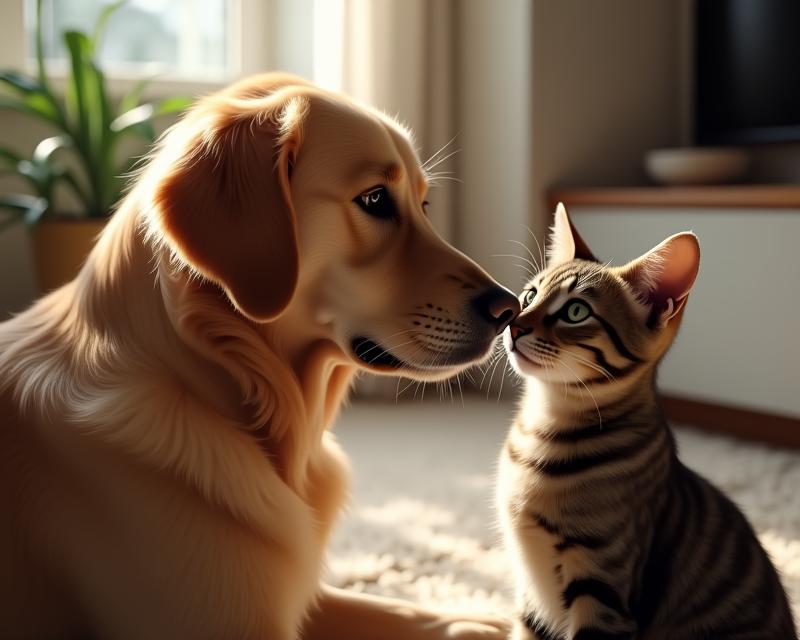
Is Your Current Pet Ready?
The most important question to ask yourself is: is your current pet ready for a new companion? Consider their personality. Are they generally friendly and sociable, or more independent and solitary? A dog who loves playing with other dogs will likely adjust more easily than a cat who prefers to be the only animal in the house. Observe your pet's behavior around other animals. Do they show signs of jealousy, aggression, or excessive possessiveness of toys or attention? If you see any of these warning signs, it might be best to wait until your current pet is more comfortable with the idea of sharing.
Choosing the Right Second Pet
Think carefully about the type of animal you're considering. A puppy or kitten might be overwhelming for a senior pet, while a high-energy dog could be too much for a calmer cat. Consider the temperaments and energy levels of potential matches. Research breeds or species known for getting along with other animals. A good shelter or rescue organization can offer valuable insights into the personalities of their animals and help you find a compatible match. Don't forget to consider the age difference between the pets – a young, playful animal might be a good fit for an older, more relaxed companion.
Introducing Pets Slowly
The introduction process is crucial! Don't just throw them together and hope for the best. Start by keeping them separated, allowing them to get used to each other's scent. Then, introduce them through a crate or barrier, gradually increasing the amount of time they spend together under supervision. Always provide plenty of positive reinforcement, like treats and praise, when they interact calmly. Never force interactions, and be prepared to separate them if tensions rise. Patience is key – it can take weeks or even months for pets to fully adjust to each other. Consult with a veterinarian or professional animal behaviorist if you encounter any significant challenges. Remember, a successful adoption is about creating a harmonious home for all your animals.
Finally, ensure you have the resources to properly care for *both* animals. This includes food, toys, vet care, and plenty of attention. Adding a second pet is a big responsibility, but the rewards of a loving, multi-pet household can be immeasurable!
